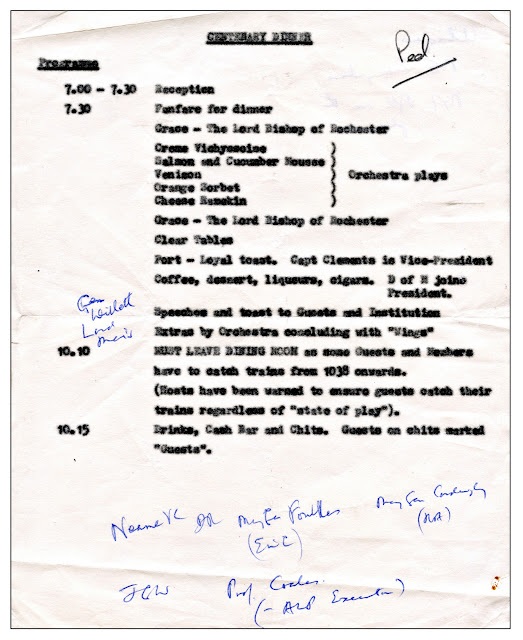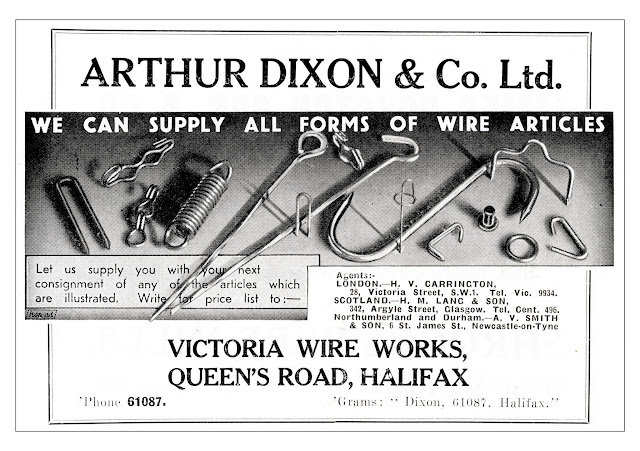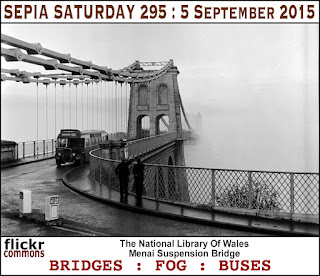On Thursday the 30th of October 1975, the Lord Bishop of Rochester settled down to a glass of Liebfraumilch Rosenhag (1972), some Chassagne Montrachet (1967), and, once the ladies had retired, a glass of Taylors Crusted Port. I share this information with you in the hope of connecting - however obtuse that connection may be - with the Sepia Saturday theme for this week which is a wine bottle label.
Not only can I enlighten you to the said Lord Bishop's liquid intake that evening, I can tell you what he had to eat as well. There was Creme Vichyssoise, a salmon and cucumber mousse, a chunk of venison, followed by orange sorbet and cheese ramequins. And if you are beginning to proclaim "too much information", I can top it all off by telling you that whilst he chewed away on his leg of venison he was listening to a military band play selections from Ronald Hamner's "The Oak And The Rose". I can tell you all this because I recently bought on eBay a selection of the late Lord Bishop's collected menus.

In the cold light of day, I am not sure which is odder : to have a collection of menus, to put such a collection up for sale years after the ecclesiastical diner has passed the final port, or to buy such a collection. I suspect it is the latter, but oddness is a charge I have pleaded guilty to throughout my life and the investment of a couple of quid was worth it to help me progress towards my goal of becoming an ephemerist.
As I have explained before, an ephemerist is someone who collects useless bits of paper in the belief that what others see as useless is the very essence of historical usefulness. Any Rothschild can collect Faberge eggs, any Saatchi can amass modern art, but a takes a slightly odd person, an ephemerist, to collect ecclesiastical menus.
Not only do I have the menu from the Centenary Dinner of the Institution Of Royal Engineers but I have the typed notes issued to the Bishop which includes such instructions as "10.10 MUST LEAVE DINING ROOM as some guests and members have to catch trains from 10.38 onwards (Hosts have been warned to ensure guests catch their trains regardless of "state of play")". You would never get detail like that etched on a Krugerrand.
So I ask you to raise a glass of Chassagne Montrachet to the late Lord Bishop and a glass of Liebfraumilch to the launch of Alan Burnett as an ephemerist and noted collector of ecclesiastic menus.
Whilst you let your cheese ramequins digest and you sip on your crusted port, why not wander over to look at what other Sepian are posting on the
Sepia Saturday Blog.

































